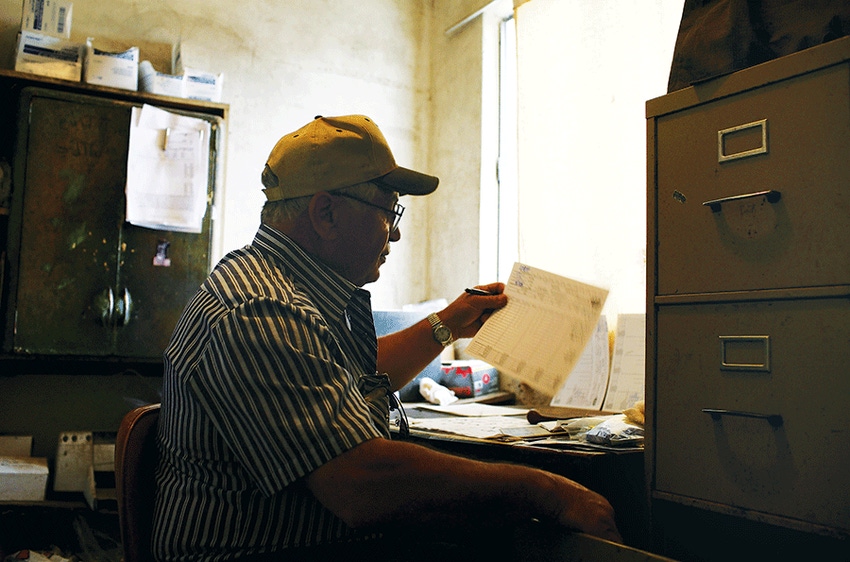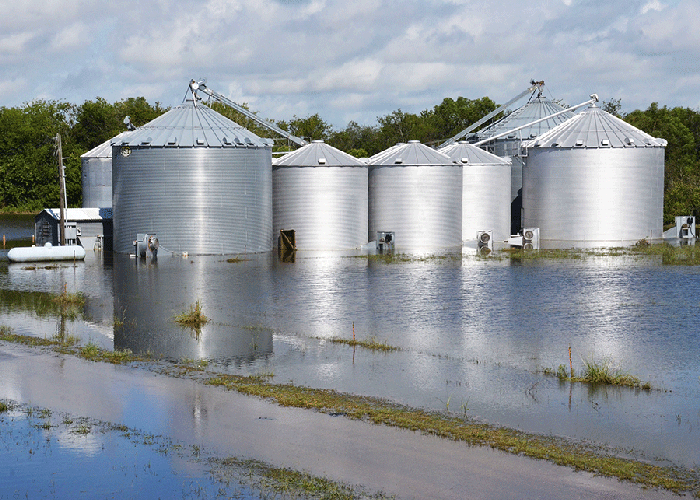
The average American consumer, with access to a cornucopia of food and fiber choices, has increasingly little knowledge the agricultural system that makes it possible, or how little it costs in comparison to other countries in the world. Nor do they remotely comprehend the role that farm programs play in supporting the most productive and efficient agriculture on the planet.
“It’s a pretty good deal,” says Dr. Mechel “Mickey” Paggi, an economist with National Crop Insurance Services. In an interview with Micheal Clements of the National Association of Farm Broadcasters, he says of every $100 spent by the federal government, less than 25 cents goes to underpin the nation’s food and fiber system. That’s a tremendous return on investment.”
Overall spending on farm policy is only about one quarter of one percent of the federal budget, a drop in the bucket compared to the $880 billion for defense in President Trump’s proposed budget, a 10 percent increase, while recommending that agriculture take a 21 percent cut.
And that’s small potatoes compared to the No. 1 expenditure of taxpayer dollars. Guess what that is? Not health care, which is No. 2. Not education, which is No. 3. The biggest expense in the proposed budget, as it has been for more than a quarter century, is pensions (which includes retired government workers and Social Security payments). The amount spent on agriculture is so small comparatively that it doesn’t even show up on a pie chart of government expenditures. Take out the money that goes to food/nutrition programs, and government spending on actual farm programs is pretty much spit in the ocean.
Crop insurance "is a far cry from the old days of ad hoc disaster programs, where taxpayers were on the hook for 100 percent of the payout, and what got paid and when it got paid was always up to decisions made in Congress."—Dr. Mechel “Mickey” Paggi, economist, National Crop Insurance Services
In recent years, Dr. Paggi points out, farm programs have transitioned to “a unique cost-sharing arrangement” that makes farmers “active participants in the farm program,” giving them “skin in the game.”
Since 2000, he notes, U.S. farmers have spent nearly $50 billion “out of their own pockets” for crop insurance premiums to help protect against disastrous losses. “Before they get any return on that investment, they have to have shouldered at least 25 percent. It’s not a guarantee — it’s an insurance policy.”
Because the private sector is “a major player,” he says, “most claims are paid in a timely fashion — much more so than through the government programs we had in the past. It’s a far cry from the old days of ad hoc disaster programs, where taxpayers were on the hook for 100 percent of the payout, and what got paid and when it got paid was always up to decisions made in Congress, which we all know go awfully slow when you’re in the midst of a disaster on the farm.”
Crop insurance costs have actually trended down since the 2014 farm bill, Paggi says. “As we head into the next farm bill, I think it’s important that we make that clear to folks, and that we protect the budget we have available for the farm safety net, and not weaken it. The weather and the economy are uncertain variables, and [the farm safety net] is clearly something we need to maintain.”
About the Author(s)
You May Also Like




